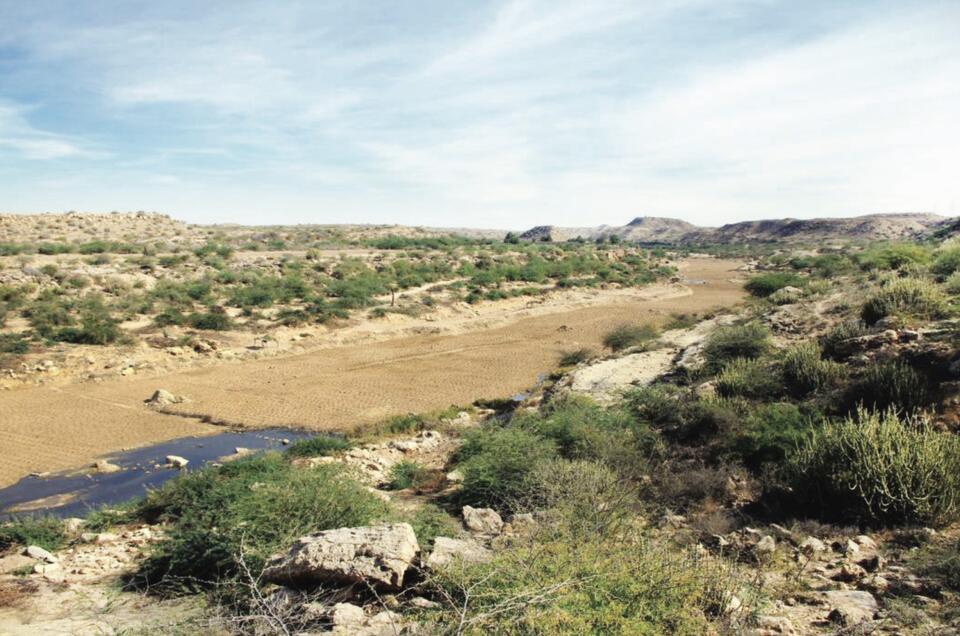It has really only been since the 1980s that a more comprehensive picture of the wide and deep roots of Indus civilization in the larger Sindh and Balochistan region have become apparent. Mehrgarh did not spring out of nowhere but was embedded in a region where fishing, shell collecting, flint mining and other crafts were present and flourishing at different times. The Italian Archaeological Mission, under the leadership of some of this paper's authors, has been critical in the discovery and analysis within a chronological framework of the many smaller sites in the two provinces that have contributed to this richer understanding of the pre-Indus context.
Unfortunately, many of these sites are being destroyed and diminished by urban expansion, mining and construction. The timely publication of papers like this one helps to bring together and summarize the important discoveries being made in recent years. Well illustrated, this paper covers the work of the preceding decades. From the abstract: "Our knowledge [of the prehistory of the region] has drastically improved thanks to the discoveries of a great number of sites in different territories of the two provinces, and the development of a radiocarbon sequence based on more than one hundred dates that help interpret the timing of the events that took place in the region from the middle Holocene period onwards."
Above: The Khadeji River (Karachi) from the 9th millennium BP Mesolithic site of KDJ-1 (photograph by P. Biagi, January 2014).

